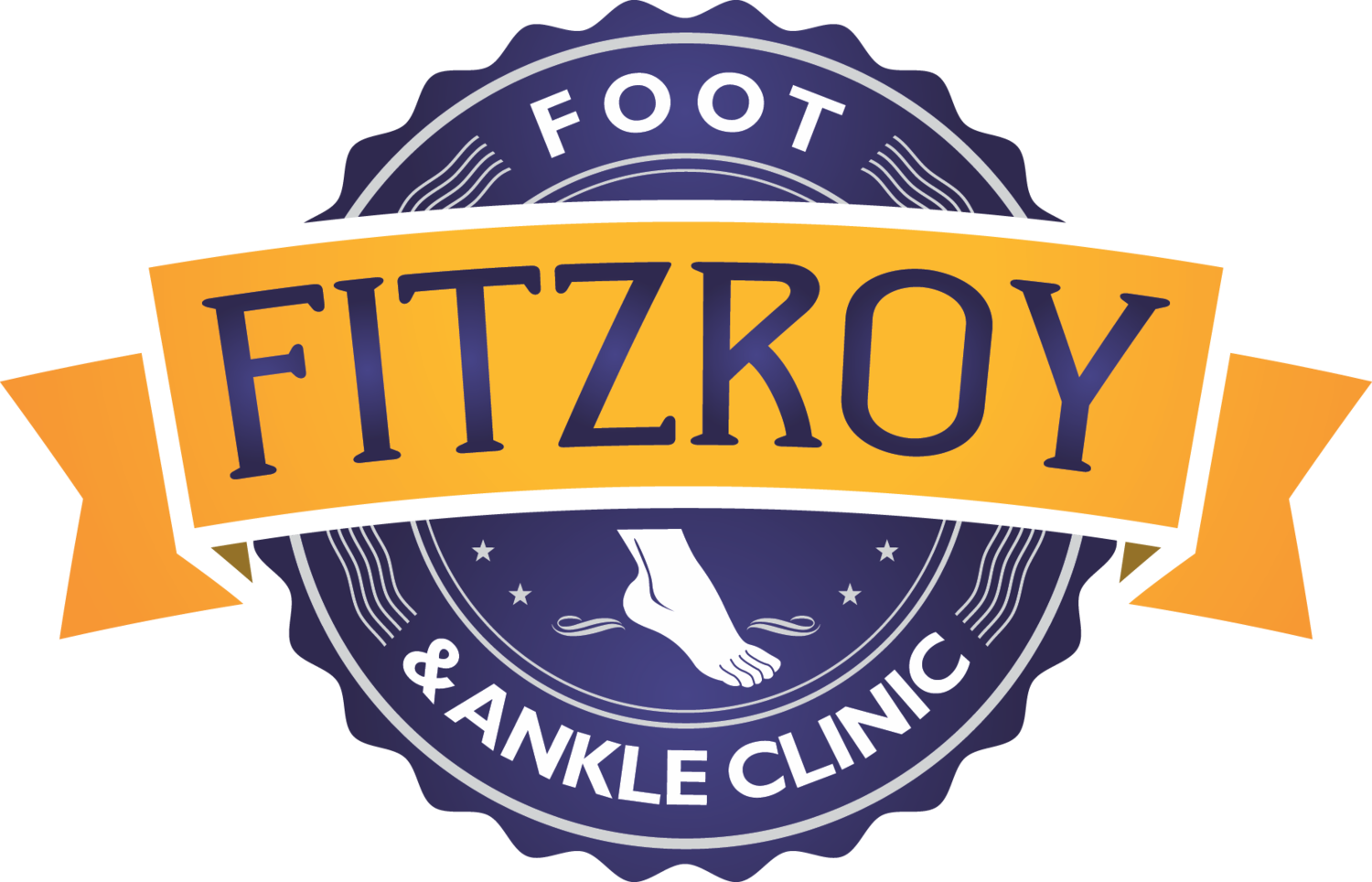Address the cause of plantar fasciitis
In our Guide on Plantar Fasciitis, we discussed the risk factors and causes of plantar fasciitis. An important component of the management of plantar fasciitis will be to identify what may have caused the condition, and make adjustments.
There are a variety of things that might cause plantar fasciitis, but some common ones are outlined below. We have also provided some strategies to address these possible causes.
Weight reduction
People often experience plantar heel pain after an increase in weight, and those who are overweight are at greater risk of having plantar heel pain. Unfortunately, people often use exercise to manage their weight, which may exacerbate plantar fasciitis. Reducing weight can help alleviate the pressure on the bottom of the heel, which will aid in healing and reduce pain. It can be difficult for some people to reduce their weight, so speaking with a General Practitioner, Dietitian or Exercise Physiologist may be helpful to get proper advice.
Footwear
Footwear that offers little cushioning, with a low heel, can increase stress on the bottom of the heel. Suitable footwear to reduce plantar heel pain consists of shoes that are well-fitted, with suitable fastening. Suitable fastening is important, and will prevent the toes from clawing in an attempt to stop loose fitting footwear from slipping off. Avoid wearing low-heeled footwear such as thongs, ballet flats or walking barefoot. Try to wear footwear with a mild heel lift (i.e. less than 2cm) and footwear with some cushioning (i.e. runners). Try to avoid hard soled footwear. This type of footwear will reduce the pressure on the sole of the heel and on the plantar fascia.
Activity levels
Often people will experience plantar fasciitis after changing their activity. Common reasons might be changing from sitting to a standing job, going on a holiday that involves a lot of walking, or changing the type or intensity of exercise.
Reducing activity levels will provide an opportunity for the tissue under your foot to heal. It is important you maintain some activity level and continue exercising, however modifying your activity to reduce pressure on your heel will allow for recovery. Try to avoid high impact activities such as running, jumping or squatting, and activities that require long periods of standing. Modifying activity to include swimming, cycling or non-weightbearing weights, will allow for continued exercise.

